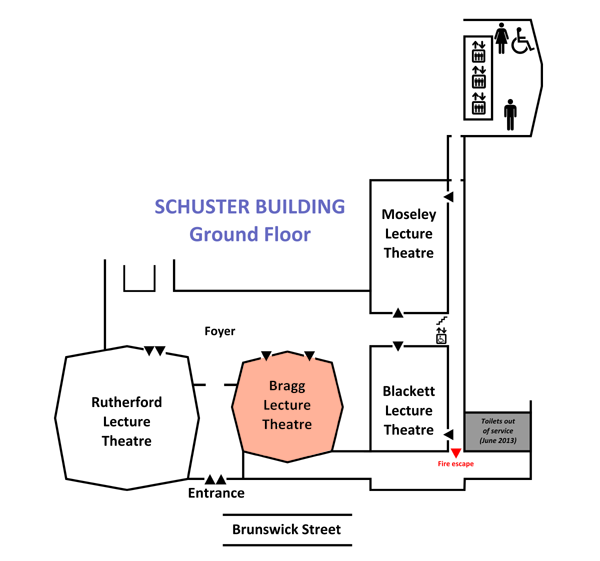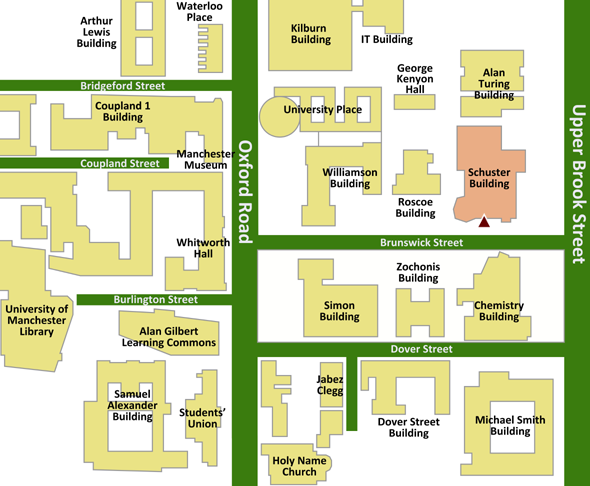
|
iCHSTM 2013 Programme • Version 5.3.6, 27 July 2013 • ONLINE (includes late changes)
Index | Paper sessions timetable | Lunch and evening timetable | Main site |

|
iCHSTM 2013 Programme • Version 5.3.6, 27 July 2013 • ONLINE (includes late changes)
Index | Paper sessions timetable | Lunch and evening timetable | Main site |
This session examines the series of symposia that the International Committee for the History of Technology (ICOHTEC) has held since 1968 and focuses on the general features of these meetings and the specific research topics that have been a recurring focus of scholarly attention. The themes under discussion include the planning and organizing process for the symposia, as well as their overall image in the context of the wider academic world, their social events, excursions, and informal conversations.
The aim is to discuss what kind of meetings the ICOHTEC symposia were at the beginning in the 1960s and 1970s, as well as how they have changed over the past decades. An important research issue is whether there has been anything that can be claimed as special or characteristic particularly to ICOHTEC symposia.
ICOHTEC was set up to build bridges to connect the divided world during a particularly ‘freezing’ period of the Cold War. Its founders realized that ordinary scientific communication was not enough; it was vital to enable participants to socialize with each other, to help them get to know other delegates personally, converse informally, and learn to understand each other, as well as to work together, despite possible ideological or political differences. In sum, the ultimate objective was to implement détente in science. In order to achieve these versatile goals, which exceeded the ones of ordinary academic meetings, ICOHTEC has put a lot of effort into maintaining the close transnational cooperation in preparing its scientific programmes, as well as into providing multiple social events with abundant opportunities for informal discussions. A conviction that chatting casually will guarantee that academic messages will be communicated has prevailed in ICOHTEC.
How has ICOHTEC managed to accomplish the mission for which it has received a mandate from the UNESCO? The aim of this session is to analyze answers to this question, as well as explain how the organization managed to find its place in the Big Picture, when the world changed after the end of the Cold War.

